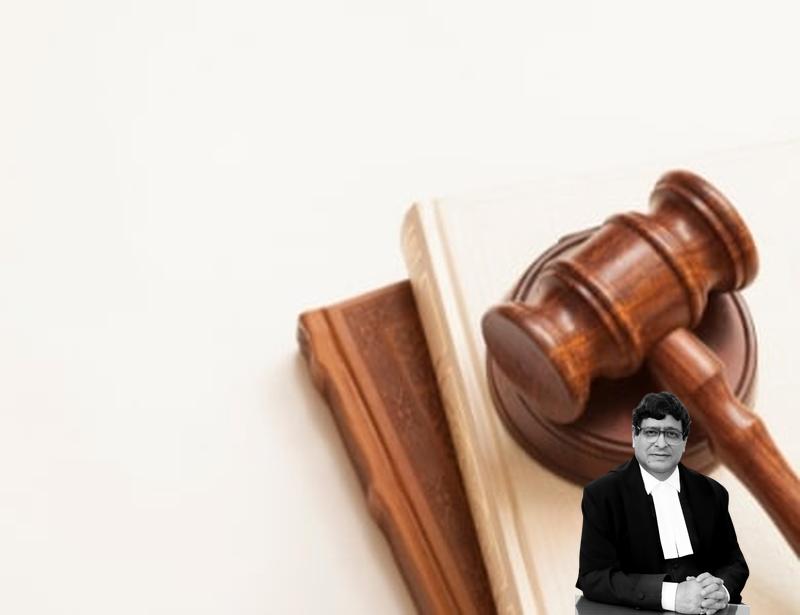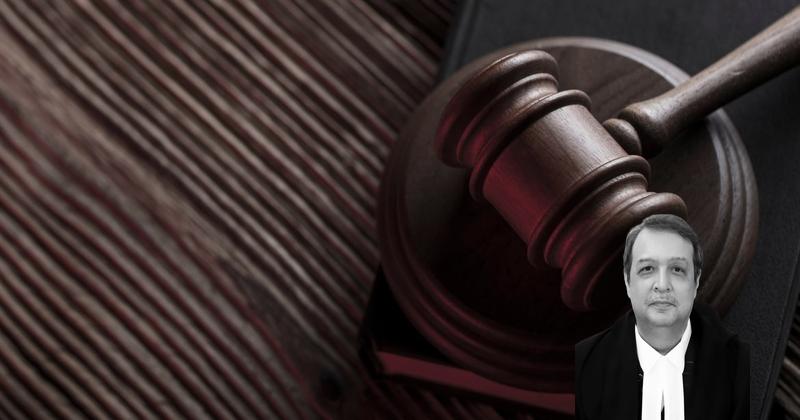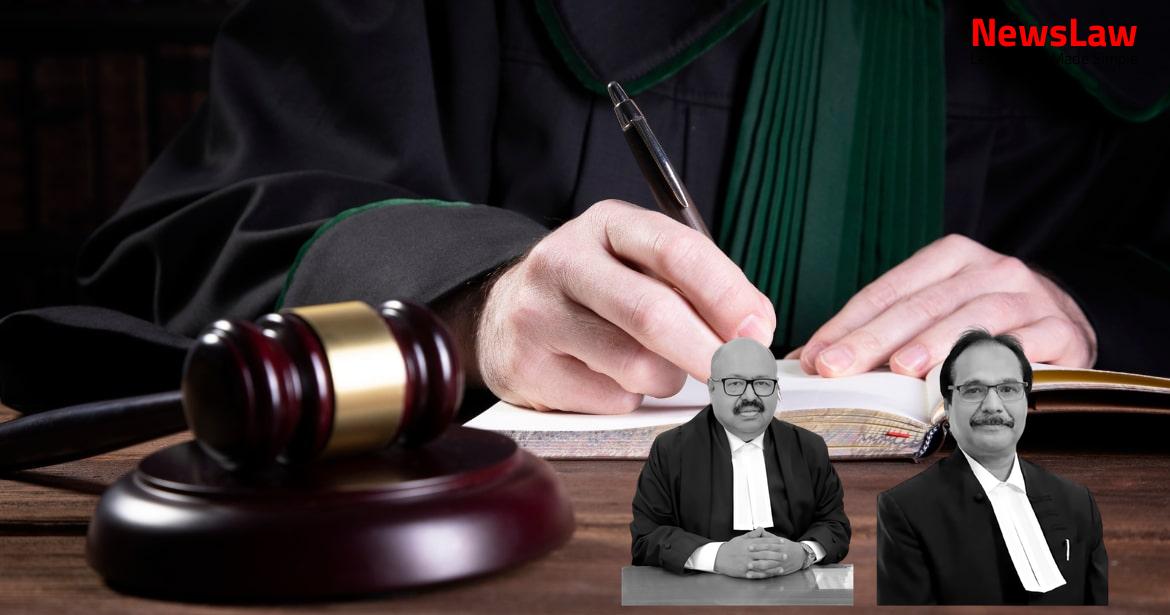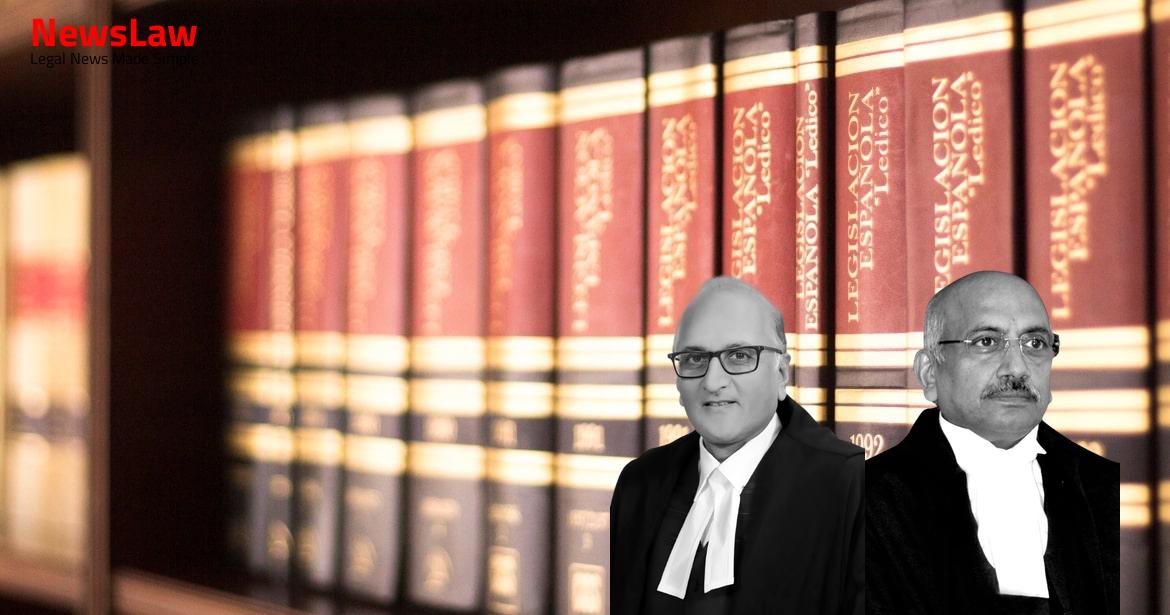More than a month later, the prosecutrix returned to her house, tells her mother that while she was in the house of her sister, the present appellant Manak Chand @ Mani who is the younger brother of Pappu, raped her and thereafter repeated the same offence two to three times. After investigation, charge sheet was filed on 02.11.2000 and the matter was committed to sessions where charges were framed against the appellant/accused under Sections 376 and 506 IPC. He then gave a proposal before the parents of the appellant for marriage of the prosecutrix with the appellant Manak Chand @ Mani, but as no positive reply was given to him, he lodged the FIR on 23.10.2000.
PW-1 states that the age of the prosecutrix, as told to her by the mother of the prosecutrix, was 16 years and the details of the medical examination of the prosecutrix were as follows: “GENERAL EXAMINATION: Well-built adult female, fully conscious, moderately nourished.
However, as per her medical examination and in the doctor’s report, the prosecutrix is sixteen years of age. All the same, when a conviction can be based on the sole testimony of the prosecutrix, the courts also have to be extremely careful while examining this sole testimony as cautioned in State of Punjab v. If the version given by the prosecutrix is unsupported by any medical evidence or the whole surrounding circumstances are highly improbable and belie the case set up by the prosecutrix, the court shall not act on the solitary evidence of the prosecutrix.” Both the prosecutrix as well as the accused have a right for a fair trial, and therefore when the statement of the prosecutrix does not inspire confidence and creates a doubt, the court must look for corroborative evidence. Undoubtedly, the aforesaid observations must carry the greatest weight and we respectfully agree with them, but at the same time they cannot be universally and mechanically applied to the facts of every case of sexual assault which comes before the court. Although, the first incident of rape is alleged to be of 12.09.2000, the prosecutrix does not disclose this to anyone immediately. The Trial Court, however relied upon the evidence placed by the prosecution regarding the date of birth of the prosecutrix, which was recorded in the school register as 04.04.1987 and therefore at the time of the alleged offence she was only thirteen and half years of age and thus the finding of the Trial Court is that, even if it is assumed for the sake of argument that the prosecutrix was a consenting party to the sexual intercourse, her consent would be immaterial since she was less than sixteen years of age and therefore the offence of rape stands proved.
The evidence, as to the age or even rape has not been examined properly by the Trial Court as well as the High Court.
Also Read: https://newslaw.in/supreme-court/standing-orders-vs-cca-rules-a-legal-analysis/
But it has also come in the evidence of Ram Sahay (PW-2) that this date of birth was recorded not on the statement of the parents of the prosecutrix, but by some other person and more importantly, it was based on the transfer certificate of Government Primary School where the date of birth was recorded as 04.04.1987.
Anand Purohit (1988)
Supp SCC 604 had observed that the date of birth in the register of a school would not have any evidentiary value without the testimony of the person making the entry or the person who gave the date of birth. Secondly, we cannot lose sight of the fact that since age was such a crucial factor in the present case, the prosecution should have done a bone ossification test for determination of the age of the prosecutrix. At another place it mentions “well developed pubic hair” and “external genitalia were fully developed and normal”.
The accused at the relevant time was less than 20 years of age, or about 20 years of age, as his age is mentioned as 20 years at the time of recording of his statement under Section 313, which is months later to the alleged incident. Secondly, as to the factum of rape itself, we are not convinced that an offence of rape is made out in this case as it does not meet the ingredients of Rape as defined under Section 375 of the IPC, as we do not find any evidence which may suggest that the appellant, even though had sexual intercourse with the prosecutrix, it was against her will or without her consent.
Also Read: https://newslaw.in/supreme-court/determining-juvenility-in-criminal-cases-a-critical-analysis/
The appellant, who is on bail, need not surrender.
Case Title: MANAK CHAND @ MANI Vs. THE STATE OF HARYANA
Case Number: Crl.A. No.-002276-002276 / 2014



